Garden Clearance in Gardeners Gardening
Introduction to Garden Clearance
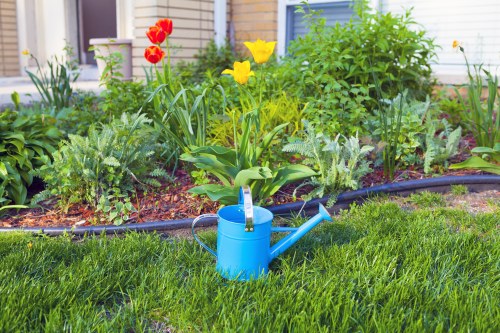
Maintaining a beautiful and functional garden requires regular upkeep, and one crucial aspect is garden clearance. Whether you're preparing for a new planting season or simply tidying up your outdoor space, effective garden clearance ensures your garden remains healthy and visually appealing.
Garden clearance involves removing unwanted debris, dead plants, and excess materials to create a clean slate for new growth. It not only enhances the aesthetic appeal of your garden but also promotes better plant health and prevents potential pest infestations.
In the realm of Gardeners Gardening, mastering the art of garden clearance is essential for both amateur and professional gardeners alike. This comprehensive guide will walk you through the various aspects of garden clearance, providing you with the knowledge and tools needed to achieve a pristine garden.
The Importance of Garden Clearance
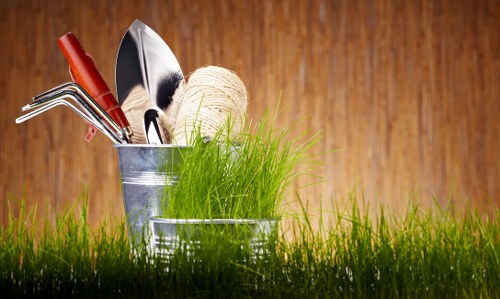
Regular garden clearance plays a vital role in maintaining the overall health of your garden. By removing dead or diseased plants, you prevent the spread of pests and diseases that can compromise other healthy plants.
Additionally, garden clearance helps in managing garden waste effectively. Composting cleared materials not only reduces landfill waste but also provides valuable nutrients that can be recycled back into your garden, promoting sustainable gardening practices.
From an aesthetic perspective, a well-cleared garden enhances curb appeal and creates a welcoming environment. It allows the true beauty of your plants and landscaping features to shine, making your garden a delightful space for relaxation and entertainment.
The Garden Clearance Process
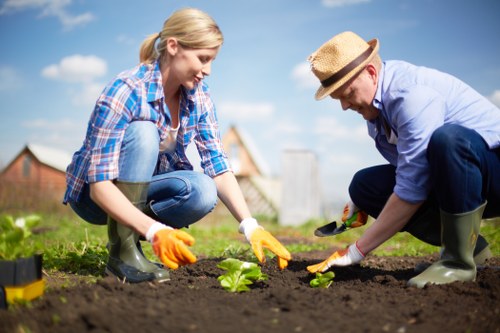
Embarking on a garden clearance project requires a systematic approach to ensure all aspects are covered efficiently. The process typically involves assessment, planning, execution, and maintenance.
Assessment involves evaluating the current state of your garden, identifying areas that need attention, and determining the extent of clearance required. This step helps in prioritizing tasks and allocating resources effectively.
Planning entails outlining a clear strategy, selecting appropriate tools, and scheduling the clearance activities to minimize disruption to your garden's ecosystem. Proper planning sets the foundation for a successful clearance operation.
Planning Your Clearance
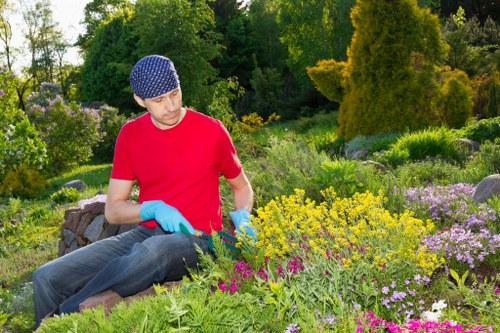
Effective garden clearance begins with meticulous planning. Start by listing all the areas that need clearing and the types of debris present. This might include fallen branches, dead plants, weeds, and old mulch.
Next, decide on the timing of your clearance. Ideally, perform garden clearance during the dormant season to minimize stress on your plants. Early spring or late autumn are typically the best times for comprehensive garden clearance.
Finally, gather all necessary tools and materials. Having everything at hand before you begin will streamline the process and make your clearance efforts more efficient.
Tools and Equipment Needed
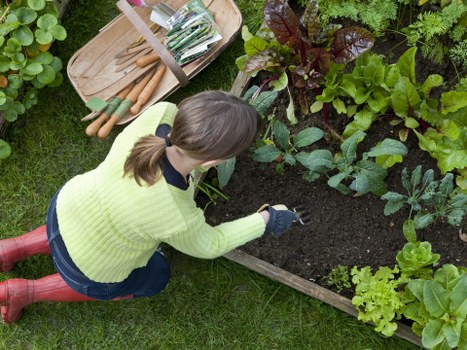
Having the right tools is essential for effective garden clearance. Investing in quality equipment can make the process easier and more efficient, reducing the physical strain and time required.
Some of the essential tools for garden clearance include:
- Pruning Shears: Ideal for trimming small branches and shaping plants.
- Garden Fork: Useful for turning soil and removing weeds.
- Rakes: Perfect for gathering leaves and debris.
- Wheelbarrow: Facilitates the transportation of heavy materials like soil and mulch.
- Gloves: Protect your hands from thorns, sharp objects, and dirt.
Additionally, consider using eco-friendly tools and materials to enhance the sustainability of your garden clearance practices.
Environmental Considerations
Sustainable Garden Clearance
Incorporating sustainability into your garden clearance practices not only benefits the environment but also promotes a healthier garden ecosystem. Here are some eco-friendly tips:
- Composting: Recycle garden waste by composting it. Compost enriches the soil and reduces the need for chemical fertilizers.
- Mulching: Use cleared plant materials as mulch to retain soil moisture, suppress weeds, and regulate soil temperature.
- Reusing Materials: Repurpose old garden structures, such as planters and trellises, to minimize waste.
- Eco-Friendly Disposal: If certain materials cannot be composted or reused, ensure they are disposed of responsibly.
Adopting these sustainable practices contributes to a healthier planet and a more resilient garden.
Hiring Professional Garden Clearance Services
Benefits of Professionals
While DIY garden clearance can be fulfilling, hiring professional garden clearance services offers several advantages. Professionals bring expertise, efficiency, and the right tools to handle even the most challenging clearance tasks.
Some benefits of hiring professionals include:
- Time-Saving: Professionals can complete garden clearance tasks faster, allowing you to focus on other aspects of gardening.
- Expertise: They possess knowledge of plant health, pest management, and sustainable clearance practices.
- Safety: Professionals are trained to handle heavy machinery and potentially hazardous materials safely.
- Comprehensive Services: They offer a range of services, from debris removal to soil preparation, ensuring your garden is cleared thoroughly.
Investing in professional services can lead to a more effective and hassle-free garden clearance experience.
DIY Garden Clearance Tips
Step-by-Step Guide
If you prefer to undertake garden clearance yourself, here’s a step-by-step guide to help you achieve optimal results:
- Assess the Area: Walk through your garden and identify areas that need clearing. Take note of the types of debris and the extent of clearance required.
- Gather Tools: Ensure you have all necessary tools and safety equipment ready before starting.
- Remove Debris: Collect fallen branches, dead plants, and other debris. Use rakes and wheelbarrows to gather and transport waste.
- Prune Overgrown Plants: Trim any overgrown or dead branches to promote healthy growth.
- Weed Control: Remove weeds manually or use eco-friendly weed control methods to prevent them from choking your garden plants.
- Mulch and Compost: Apply mulch to retain moisture and suppress weeds. Compost organic waste to enrich your soil.
- Final Cleanup: Ensure all debris is removed, and the garden is tidy. Dispose of any non-compostable materials responsibly.
By following these steps, you can effectively clear your garden, paving the way for a vibrant and healthy outdoor space.
Maintaining Your Cleared Garden
Regular Upkeep
Garden clearance is not a one-time task but an ongoing process. Regular maintenance ensures your garden remains in excellent condition throughout the year.
Implementing a seasonal clearance routine helps in managing garden waste and prevents overgrowth. Typically, performing clearance in early spring and late autumn is recommended.
Additionally, monitor your garden for any signs of pests or diseases and address them promptly to maintain plant health.
Common Challenges in Garden Clearance
Dealing with Stubborn Weeds
One of the most common challenges in garden clearance is managing stubborn weeds that resist removal. Persistent weeds can quickly take over, competing with your plants for nutrients and water.
To combat this, employ a combination of manual removal, mulching, and organic herbicides. Regular monitoring and early intervention are key to preventing weed infestations.
Additionally, cultivating healthy soil rich in organic matter can naturally suppress weed growth, reducing the need for chemical interventions.
The Benefits of a Cleared Garden
Enhanced Plant Health
A thoroughly cleared garden promotes optimal plant health by reducing the risk of disease and pest infestations. Removing dead or diseased plant material eliminates potential breeding grounds for pests and pathogens.
Furthermore, cleared areas allow for better air circulation and sunlight penetration, essential factors for robust plant growth.
Healthy plants contribute to a more resilient garden, capable of withstanding environmental stresses and flourishing throughout the seasons.
Garden Clearance and Landscaping
Preparing for New Landscaping Projects
Effective garden clearance is a crucial first step in any landscaping project. Clearing the existing space allows for precise planning and installation of new features such as flower beds, pathways, and structures.
By ensuring the area is free from debris and overgrown vegetation, you create a clean canvas for your landscaping vision, facilitating a smoother and more efficient implementation process.
Additionally, a cleared garden provides a better understanding of the site's topography, enabling you to make informed decisions about layout and design.
Conclusion
Achieving a Beautiful and Healthy Garden
Garden clearance is an essential component of maintaining a beautiful and healthy garden. Whether you choose to undertake the task yourself or enlist professional services, the benefits are undeniable.
By systematically clearing your garden, you promote plant health, enhance aesthetic appeal, and contribute to sustainable gardening practices. Regular maintenance and effective clearance strategies ensure your garden remains a thriving and inviting space.
Don’t wait to transform your garden into the oasis you’ve always envisioned. Contact us today to learn more about our garden clearance services or book your service now to get started on creating your perfect outdoor sanctuary.



